More Than Just a Pet: The Real, Surprising Ways Cats Make Us Healthier
Over my years working with animals, I’ve seen the connection between people and their pets from every possible angle. From the joy of bringing a new kitten home to the quiet heartbreak of saying goodbye, one thing is crystal clear. The bond we share with our pets, especially cats, isn’t just about cute moments for social media—it’s a powerful two-way street that genuinely impacts our physical and mental health.
In this article
A lot of people still think of cats as aloof or independent. But for those of us who live with them, we know that’s just not the whole story. A cat’s affection might be more subtle than a dog’s slobbery welcome, but its effect is just as deep. Helping people understand their cats better often opens their eyes to how much their cats are helping them. And no, that’s not just a warm, fuzzy feeling. It’s a series of real biological responses we’re only just beginning to fully appreciate.
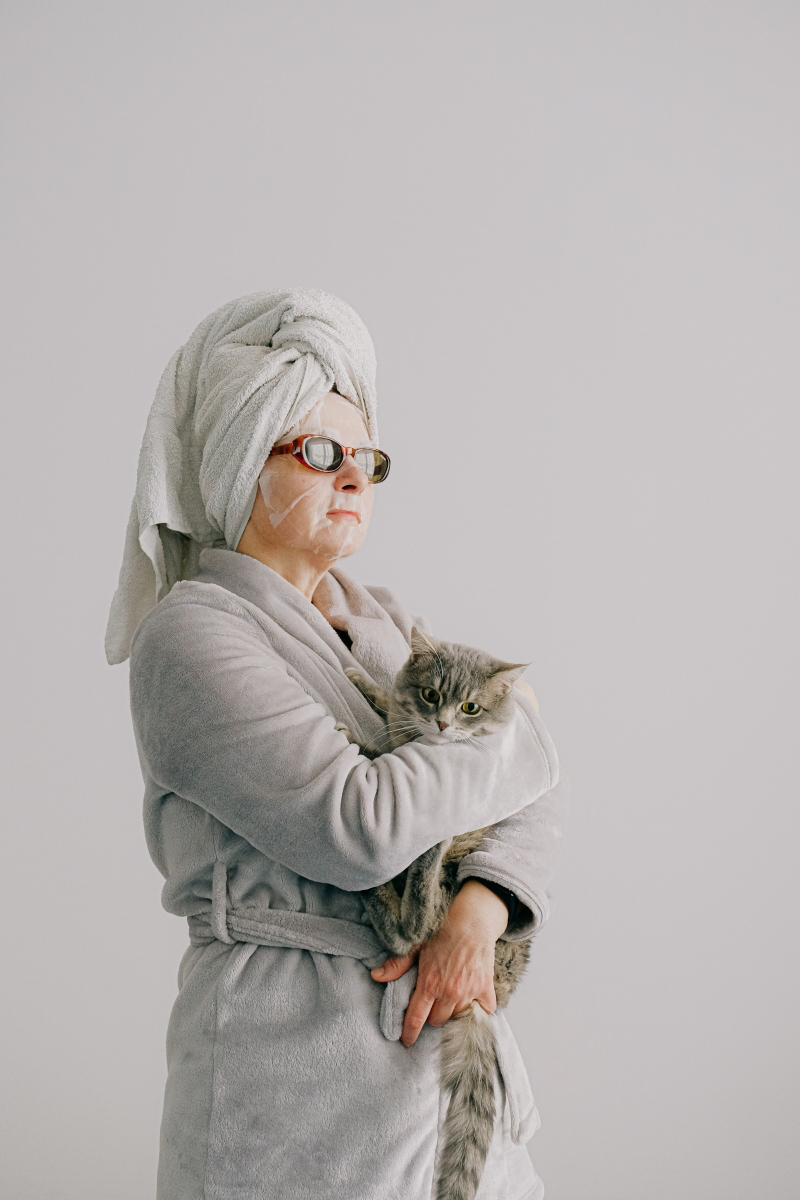
The Science Behind That Calming Vibe
When you say you feel calmer with your cat, you’re describing a real physiological event. It’s not just in your head. Having a cat around, especially a purring one on your lap, triggers some incredible stress-reducing processes in the body.
The Magic of a Cat’s Purr
Let’s be honest, a cat’s purr is one of the most soothing sounds on the planet. For the longest time, we chalked it up to simple happiness. But it’s so much more. Cats purr not only when they’re content, but also when they’re hurt or stressed. Why? Because the vibration itself appears to have therapeutic qualities.
Most house cats purr in a frequency range of 25 to 150 Hertz. Here’s where it gets fascinating: in human medicine, vibrations in the 20-50 Hz range are known to help promote bone density and healing. So, when your cat is curled up on you, purring away, you’re getting a dose of these gentle, low-intensity vibrations. While it’s not going to set a broken bone, it’s easy to see how this constant, subtle therapy could contribute to your overall well-being. It’s a natural survival tool for them and a free healing tool for us.
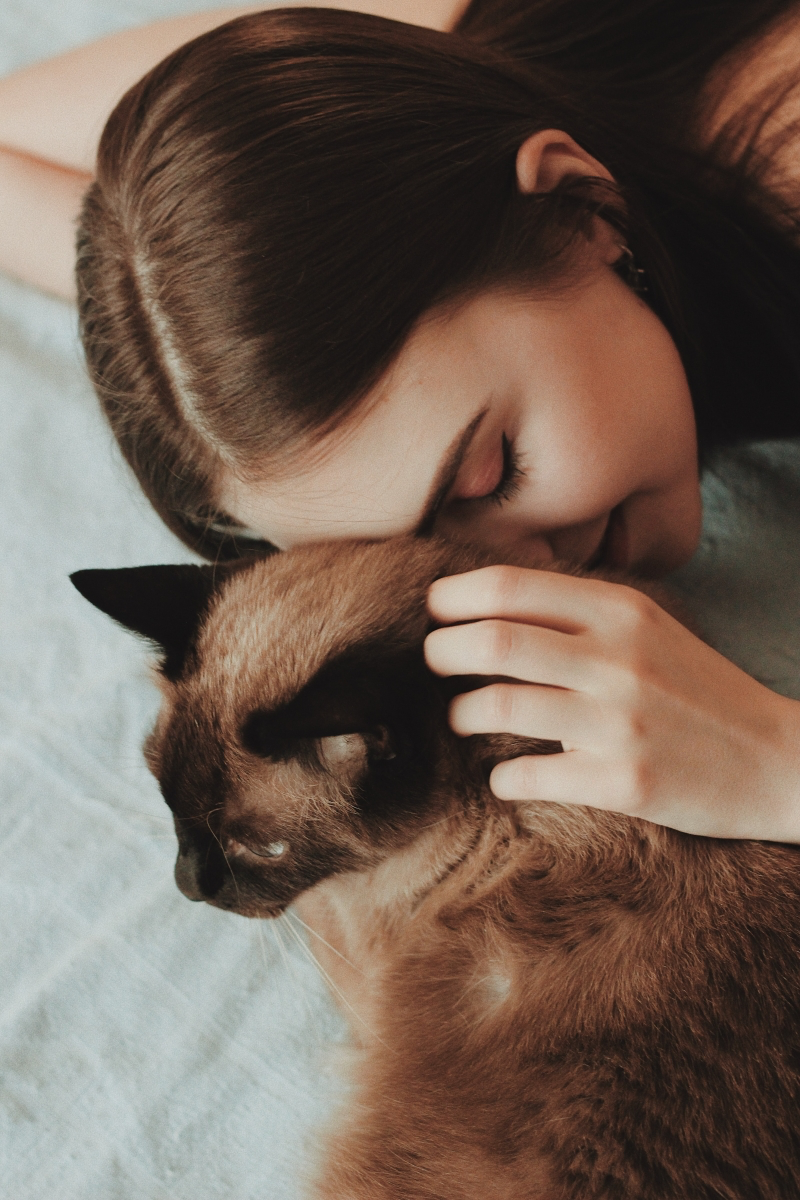
The Power of Petting
The simple, repetitive act of stroking a cat has a direct line to your nervous system. It’s all about something called the vagus nerve, which is like a superhighway of information running from your brain to your major organs. This nerve helps manage your “rest and digest” system, which is the complete opposite of the “fight or flight” response that pumps you full of stress hormones.
Petting your cat stimulates nerves in your skin, which sends a signal up to your brain to chill out. This does a few things:
- It drops your cortisol levels. Cortisol is the big-name stress hormone, and too much of it is bad news. Just a few minutes of petting a cat can actually lower it.
- It releases oxytocin. Often called the “love hormone,” oxytocin is all about trust, relaxation, and bonding. That warm, fuzzy feeling is a chemical high-five from your brain.
- It can lower your blood pressure. By calming your whole system, petting a cat can lead to a measurable drop in blood pressure and heart rate. In fact, some major studies have shown that over a lifetime, cat owners tend to have a significantly lower risk of death from heart attacks compared to non-pet owners, even when you account for other factors like smoking or diet.
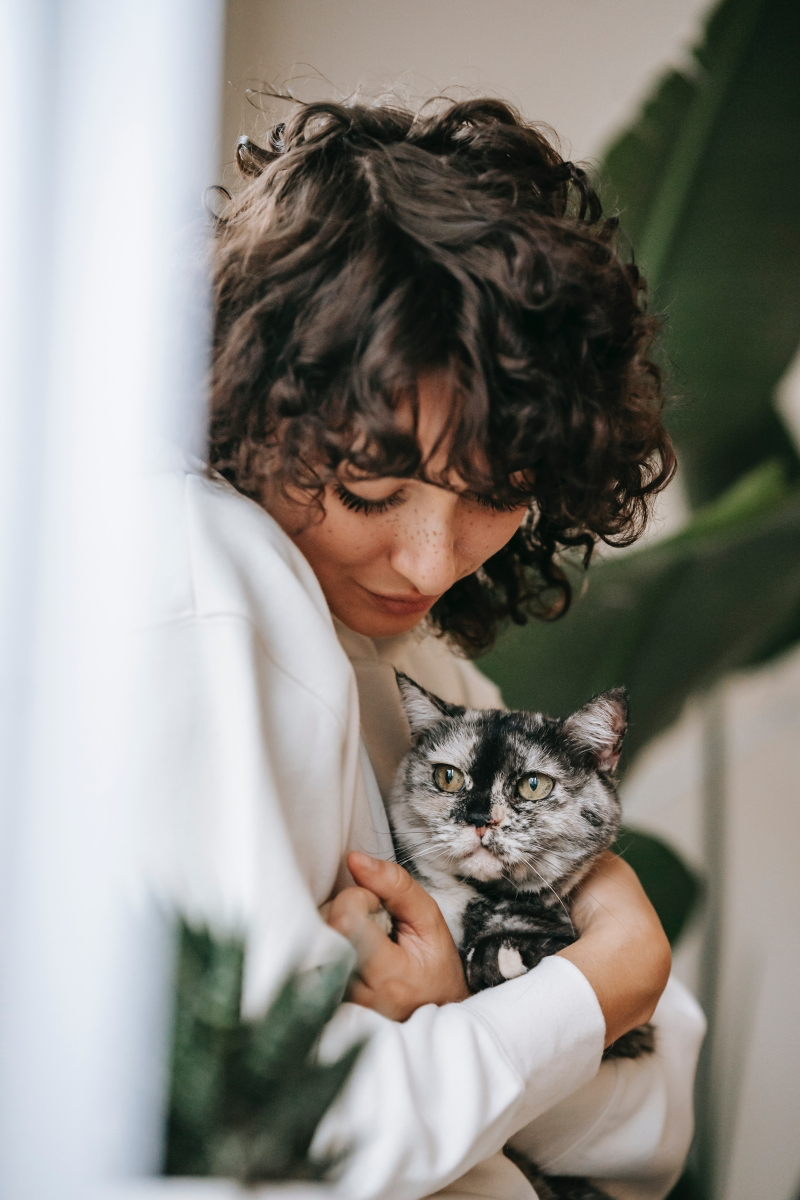
How to Build a Bond That Heals
These health perks don’t just happen by magic. They’re the result of a trusting, positive relationship. A stressed-out cat isn’t going to be very therapeutic. Building that trust is a skill, and it all starts with seeing the world from their perspective.
Consent is Key
The biggest mistake I see people make is treating a cat like a tiny dog. They rush in, scoop them up, and pet them like there’s no tomorrow. To an animal that is both a predator and prey, this is terrifying. The secret is letting the cat call the shots.
- Offer, Don’t Take. Instead of going right for a pet, just extend a relaxed finger toward their nose. Let them approach and sniff. If they rub against you, that’s your green light. If they ignore you or back away, respect it.
- Stick to the Good Spots. Most cats love being scratched on their cheeks and under their chin, where their scent glands are. They’re literally marking you as safe and trusted. Oh, and a word of advice: stay away from the belly and tail. For most cats, those are vulnerable, no-go zones.
- Try the Three-Second Rule. This one is a game-changer. Pet the cat for just three seconds, then stop. Pull your hand back a few inches. What do they do? If they lean in or nudge your hand for more, you’re golden. If they just sit there or move away, they’re done for now. This teaches your cat you respect their boundaries, which builds massive trust.
Your challenge: Try the three-second rule with your cat tonight. I’d love to know if they asked for more!
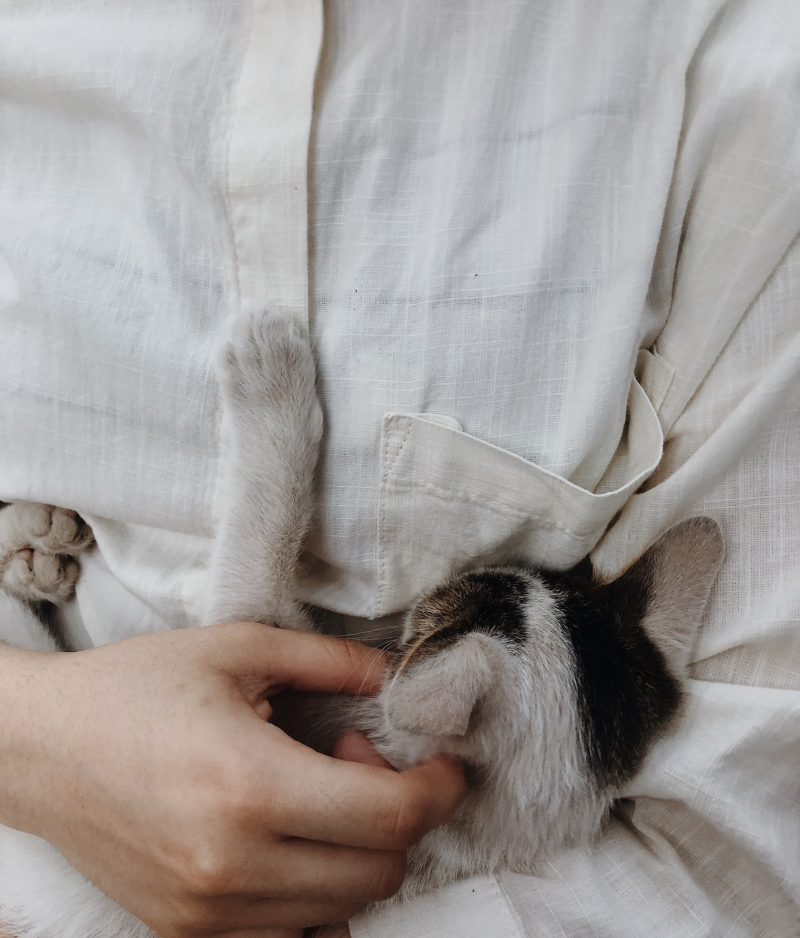
Learning Their Language
Understanding a cat’s body language is like getting a secret decoder ring. A happy cat will give you clear signals:
- The Slow Blink: If a cat looks at you and slowly closes and opens its eyes, that’s a huge sign of trust. It’s often called a “cat kiss.” Try doing it back to them!
- The Question Mark Tail: A tail held high with a little curve at the tip means your cat is happy, confident, and glad to see you. A tail that’s twitching or thrashing, however, means they’re getting irritated.
- Ears Forward: Relaxed ears pointing forward are a good sign. But if they swivel to the side (“airplane ears”) or flatten against their head, it’s a clear signal they are annoyed or scared. Back off and give them space.
Thinking of Getting a Cat? Here’s the Real Scoop
Bringing a cat home is a big deal, and being prepared is the best way to make sure it’s a great experience for both of you.
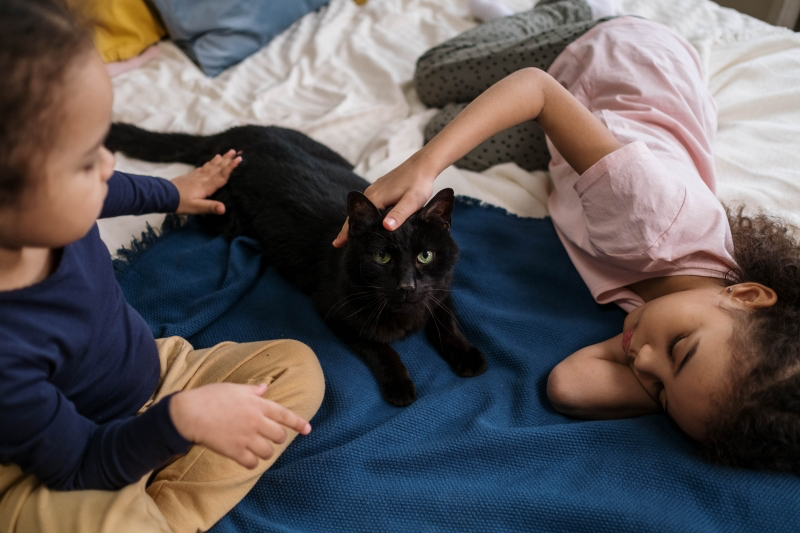
Kitten, Adult, or Senior: Who’s Your Perfect Match?
Before you fall in love with a cute face, think about your lifestyle. A mismatch in energy is a common reason cats get returned to shelters.
A kitten is a bundle of joy, but also a massive time commitment. Be prepared for several hours of active supervision and play each day to keep them entertained and out of trouble (and to teach them not to bite!). Their personality is also a bit of a mystery until they grow up.
An adult cat, on the other hand, is more of a known quantity. Their personality is already formed, so you know if you’re getting a cuddly lap cat or a playful independent. They still need love and playtime, but they don’t require the constant monitoring a kitten does.
Don’t overlook a senior cat (usually 7+ years old). These guys are often the calmest and most grateful companions. They are perfect for a quiet household and are often just looking for a warm lap to nap on. Heads up, though: they may come with a few more potential vet bills, but the love they give is priceless.
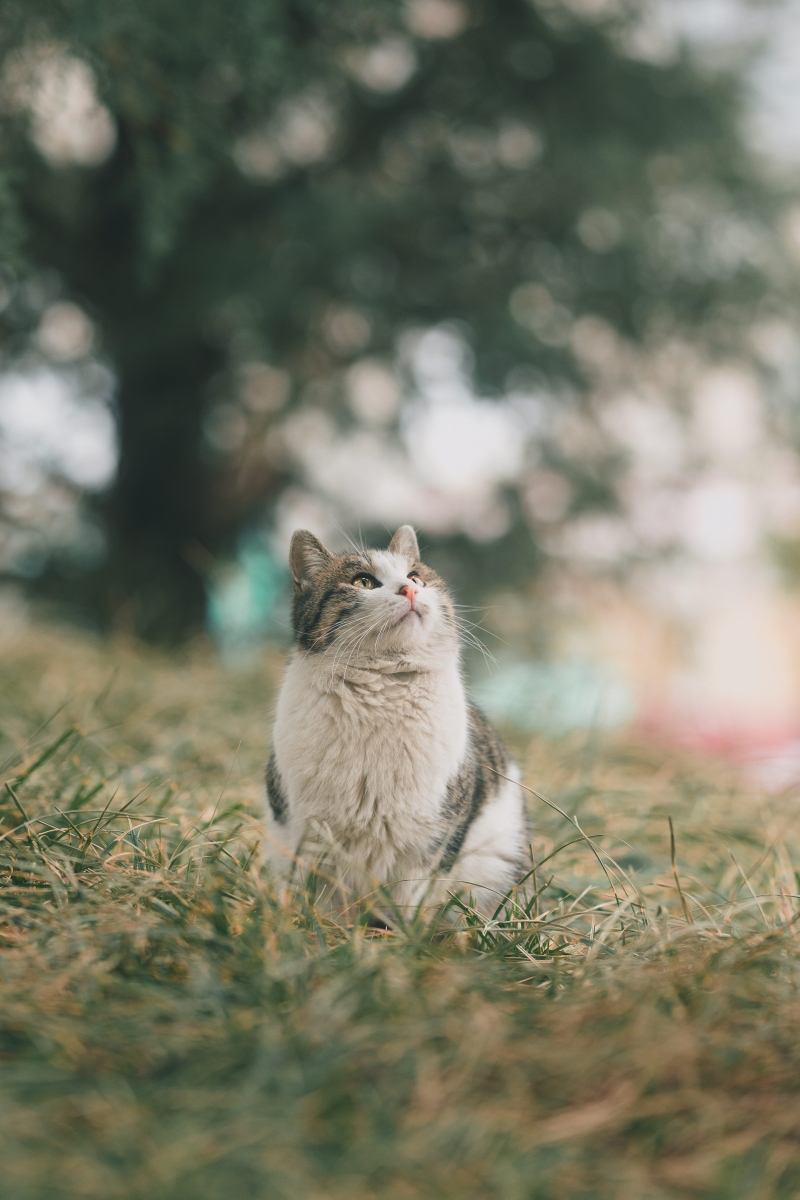
Your New Cat Shopping List
A “free” kitten is never truly free. To set yourself up for success, budget for both the initial setup and ongoing care. Here’s a realistic look at what you’ll need right away:
- Cat Carrier: Don’t skimp here. A sturdy, secure carrier is essential for safe vet trips. ($30-$60)
- Litter Box & Scoop: A basic open pan is fine, but some cats prefer a covered one. ($15-$40)
- Cat Litter: There are tons of options—clumping clay, pine, crystal. You may need to experiment to see what your cat likes. ($15-$25 a bag/box)
- Food and Water Bowls: Ceramic or stainless steel are best because they’re easy to clean and don’t harbor bacteria like plastic can. ($10-$30 for a set)
- High-Quality Cat Food: Get both wet and dry to start. Quick tip: look for food where the first ingredient is a named meat, like ‘chicken’ or ‘salmon,’ not a vague ‘meat by-product.’
- Scratching Post or Pad: This is non-negotiable! You need to give them a place to scratch that isn’t your sofa. A tall, sturdy sisal post is usually a hit. ($25-$80)
- Toys: A few wands, some crinkle balls, and toy mice are a great start. ($10-$30)
- Initial Vet Visit: This includes a check-up, vaccinations, and deworming. If they aren’t already, spaying/neutering is critical. This can be your biggest initial expense. ($150-$400 depending on services)
All told, you should be prepared to spend between $300 and $700 just to get set up.
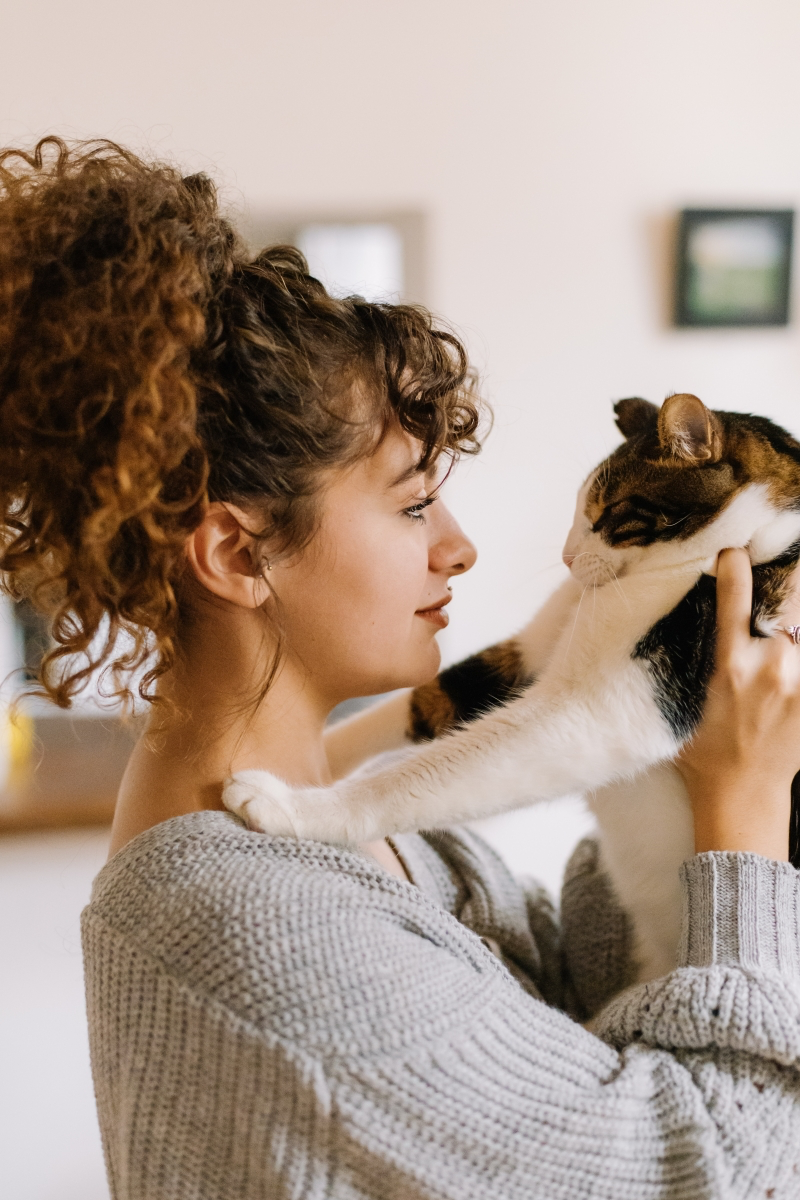
Creating a Happy Home from Day One
Once you’ve got your new friend home, the goal is to make the transition as smooth as possible. This is where a little bit of cat psychology goes a long way.
The #1 Problem: Litter Box Issues
Sooner or later, many cat owners face this. But it’s usually solvable! If your cat is avoiding the box, think like a cat:
- Rule of Thumb: You should have one litter box per cat, plus one extra. So, for one cat, you need two boxes.
- Location, Location, Location: Cats want privacy and safety. Don’t put the box in a busy, loud area. They also don’t want to eat next to their toilet (who would?), so keep food and water bowls in a separate area.
- Keep It Clean: This is a big one. Scoop the box at least once a day and do a full litter change regularly. Cats are very clean animals.
- Get a Vet Check: If the behavior is new, a trip to the vet is in order to rule out a urinary tract infection or other medical issues.
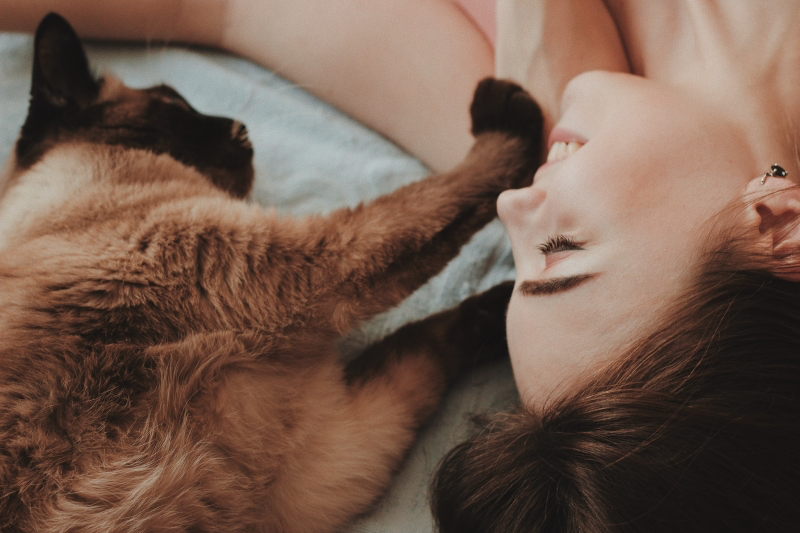
Bringing a New Cat Home to Another Pet
This process can’t be rushed. A bad first impression can be hard to undo. The key is to go slow and let them get used to each other’s existence before they ever meet face-to-face.
- Start with Scent. For the first few days, keep the new cat in a separate room with its own food, water, and litter box. Take a blanket or toy that the new cat has used and give it to your resident pet to sniff, and vice-versa. This is a non-threatening introduction to their smell.
- Supervised Visuals. After a few days of scent swapping, allow them to see each other through a barrier, like a baby gate or a slightly cracked door. Keep these sessions short and positive. Give them both treats or have a play session near the barrier.
- The First Meeting. Let them be in the same room together under close supervision. Don’t force them to interact. Let them sniff and retreat. If there’s any hissing or growling, separate them immediately and try again tomorrow for a shorter period. It can take days, or even weeks, but this patient approach sets them up for a peaceful coexistence.
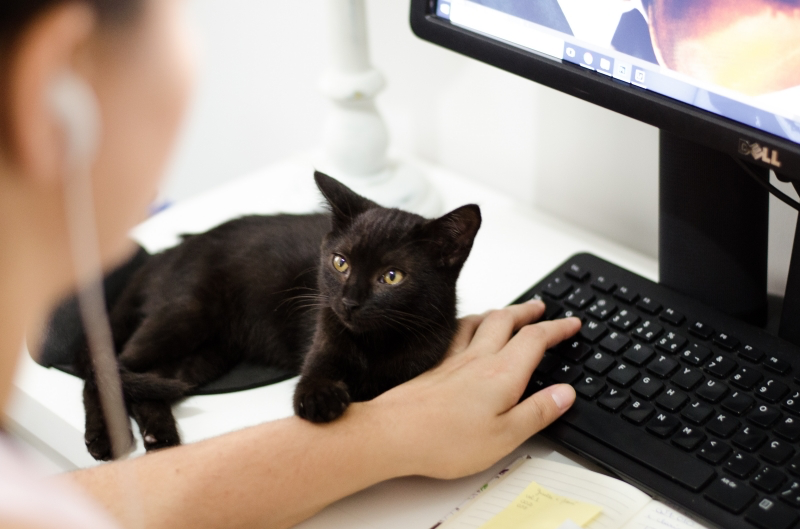
Quick Tips for a Happy Cat
AVOID THIS MISTAKE: Never use the carrier only for vet visits. If you do, your cat will see it and run for the hills. Leave it out in the living room with a comfy blanket inside. Toss a treat in there once in a while. The goal is for them to see it as a safe little den, not a prison.
Easy Enrichment Trick: You don’t need to spend a ton on fancy toys. Make a puzzle feeder in 30 seconds! Take an empty toilet paper roll, poke a few holes in it, put some kibble inside, and fold the ends. It’s a great little brain game that satisfies their instinct to hunt.
The Bottom Line: It’s a Two-Way Street
It’s crucial to remember that all these amazing benefits we get are a byproduct of giving a cat a safe, healthy, and enriching life. A bored, stressed, or sick cat won’t be a therapeutic companion. Your main job is to provide good food, fresh water, a clean litter box, regular vet care, and positive interaction. The love and health perks you get in return are their gift to you.
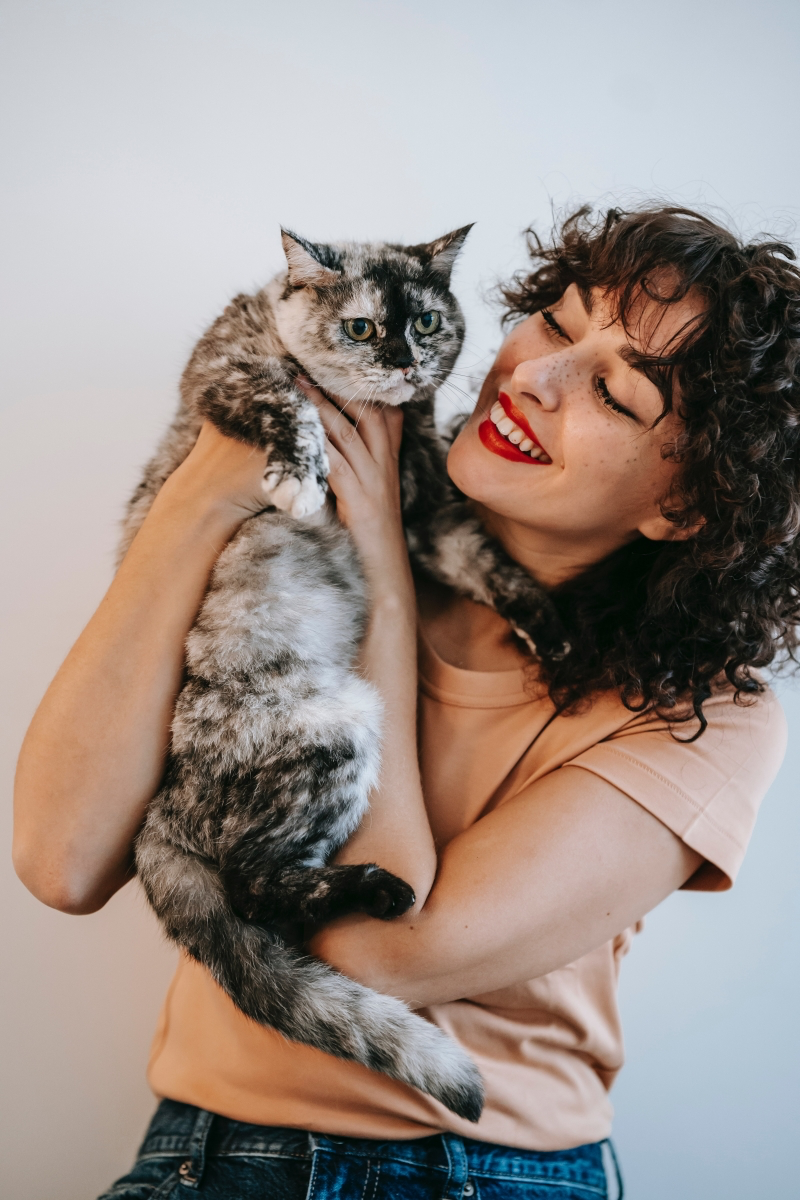
And let’s be real, getting a cat isn’t the right choice for everyone. If you have severe allergies, an unstable living situation, or just don’t have the time and money, it’s responsible to wait. Acknowledging that is a true sign of an animal lover.
But when that bond is nurtured with respect and care, it’s a remarkable thing. It goes way beyond just owning a pet. It’s a quiet, purring presence that, in the gentlest way possible, can make our lives fundamentally better.
Inspiration:
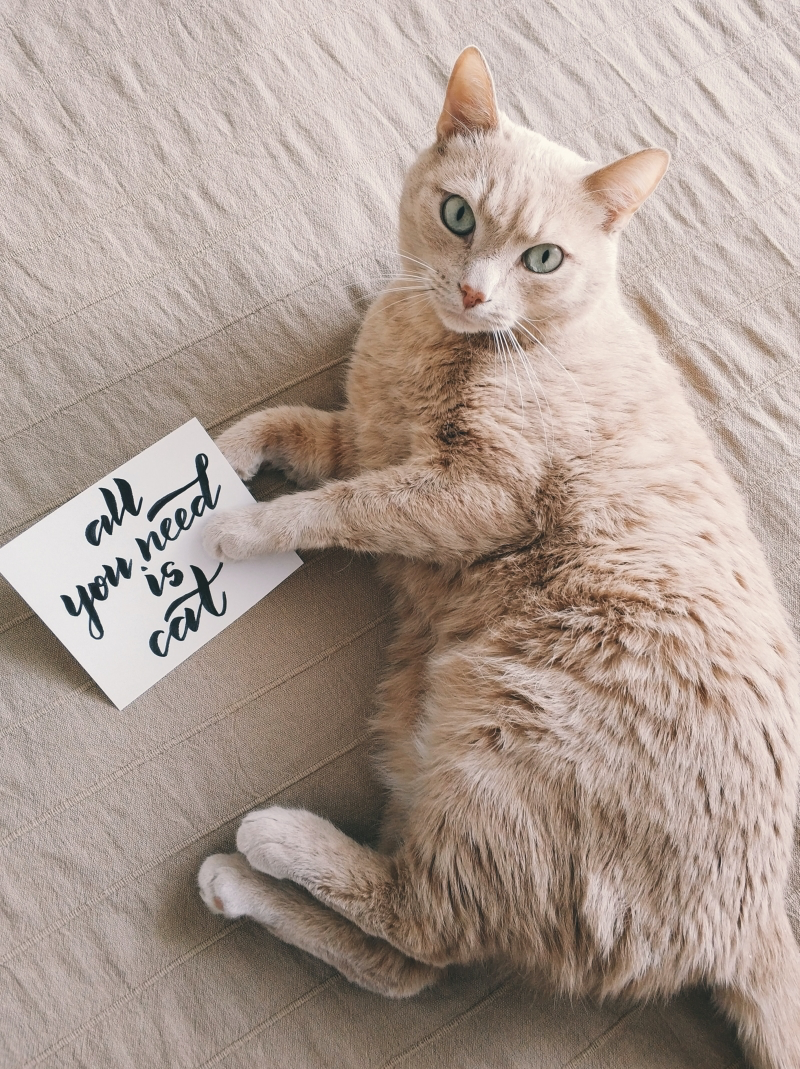
A study from the University of Minnesota’s Stroke Institute found that cat owners were 30% less likely to die of a heart attack.
This isn’t just about lower stress levels. The daily responsibilities of cat ownership—feeding, cleaning, playing—introduce a gentle, consistent routine. This structure can be incredibly grounding, especially for those struggling with anxiety or depression. The simple act of caring for another living being provides a sense of purpose and pulls focus away from personal worries, contributing to long-term cardiovascular resilience.










